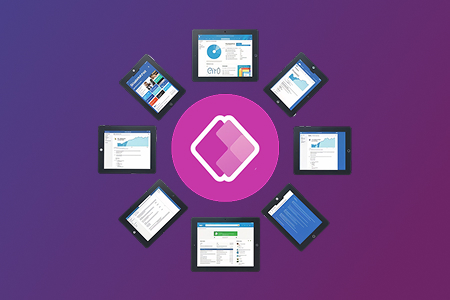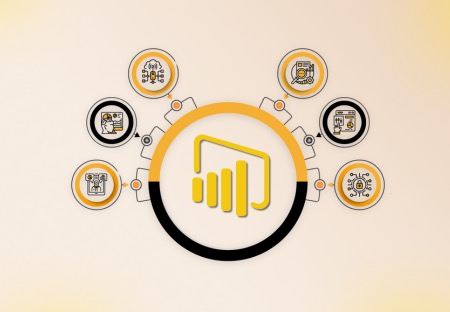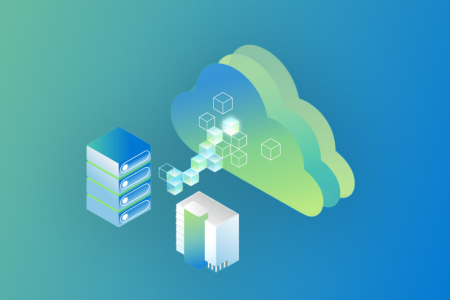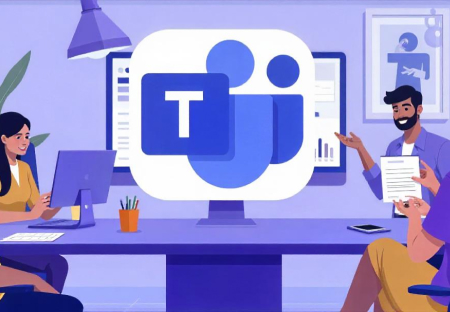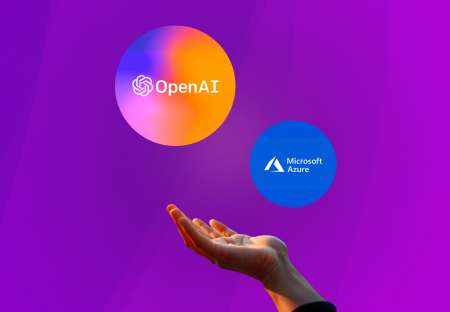Global Cybersecurity spending could reach $460 Billion by 2025, indicating the preciousness of data. With increasing threats and constant breaches occurring worldwide, data loss prevention becomes key in ensuring business continuity.
We have created a comprehensive guide to Data Loss Prevention, including examples, prevention strategies, and unsolved challenges that will get you all the information you need to secure your data.
Why is Data Loss Prevention important?
People often refer to data as the new oil, indicating its significance in this digital era. Data can provide valuable insights, validate assumptions, and test theories. Further, with AI/ML technology advancement, data has become far more essential for modern-day businesses.
Data Loss Prevention is a core aspect of cybersecurity. Further, the average cost of a data breach, according to IBM, is around $4 Millions.
Finally, Data Loss Prevention(DLP) is critical in ensuring business continuity and maintaining stakeholder trust.
DLP exercises are important because they help maintain system integrity, prevent unauthorized access, secure sensitive information, and have several other benefits.
In this article, we shall explore the importance of data loss prevention strategies from a cybersecurity-intensive view and overview a few case studies along with their challenges.
Threats to Data
1. Software Bugs
Detecting software bugs can be very difficult, yet they can cause data breaches without anyone knowing how the breach occurred. A buffer overflow vulnerability was discovered in the Linux Grub2 Secure Boot hole bug ten years after its creation.
2. Ransomware Attacks
Hackers use ransomware as a financially motivated attack to prevent people from accessing their data. The WannaCry ransomware attack, which caused an estimated $4 billion in damages, is a well-known example.
3. SQL Injection
Cyber attackers exploit weaknesses in SQL databases through automated SQL injections, which can cause serious threats. Although people commonly encounter SQL injection attacks, they still pose a significant concern.
4. Spyware
Spyware attacks attempt to steal your passwords, identify sensitive information in your systems, etc. They do not steal data but facilitate others in doing so. The cyber arms company NSO Group used the well-known spyware, Pegasus, to target politicians worldwide.
5. Phishing
Cybercriminals use phishing to create fake websites that act as the original website and steal sensitive passwords and credentials. Deepfake technology has further facilitated these attacks by increasing the accuracy with which original websites are cloned.
6. Lost Access Credentials
Not every time is there an external threat to data loss. Lost passwords also account for significant financial losses. Lost Bitcoins account for over 25% of total Bitcoins ever minted and could easily be worth more than $150 Billion.
7. Denial of Service
Denial of Service occurs when a valid user cannot access the network or server because someone else is sending fake traffic to overwhelm the network’s capabilities. In 2020, Google suffered a Digital Denial of Service attack, which posed itself as McAfee security. The attack was carried out by APT31, a Chinese attacker group.
8. Third-Party Vendor Breaches
Third-party data breaches are also a significant cybersecurity issue. Target, a well-known retail chain, faced a data breach and an $18.5 Million direct loss due to a breach caused by one of its Vendor’s stolen credentials.
Data Loss Prevention Strategies
Data loss is increasingly getting difficult to prevent. Cloud data management is yet another significant risk. However, with Metaorange Digital and our certified AWS and Azure experts, you can be sure that your data remains safe with 24×7 Managed IT support.
Schedule a 15-min discovery call to know more.
Data can be safely guarded using several strategies. Some of them are listed below.
1. Classifying Sensitive Data
Sensitive data must be secured over several locations and have multi-factor authentication to access it. Further, there should be multi-signature authentication so that no one can abuse their authority and get unrestricted access to sensitive data. A multi-cloud approach helps in easily managing sensitive data stored at multiple locations in one console.
2. Encrypting data at rest and in transit
Encryption standards have also evolved with evolving threats. AES, Triple DES, RSA, and SHA are popular and powerful encryption methods. Encryption ensures that even if your data is stolen, the attacker will not be able to use that data or even discover what it contains. Both transit and static data must be encrypted.
3. Access controls and authentication
Multi-layer access and multi-factor authentication are critical in ensuring that any malicious entity does not access data. Further, several authentication technology advancements have been made, including voice, facial recognition, etc. However, deep fake technology presents a constant threat, which can be eliminated by using multi-factor authentication.
4. Network segmentation
Network segmentation is a protocol that divides networks into multiple shards that act as individual networks in themselves. Organizations often use segmentation to have better-secured networks. By doing this, a company’s internal networks will not be exposed to other people who are visitors, third-party vendors, or even in shared offices.
5. Regular backups and disaster recovery plans
Backups are the iron shield solution for securing data. But the effectiveness of backups also depends on the type of data. Sensitive personal information, once leaked, can cause major damage despite a backup being at the place.
Finally, disaster recovery plans help ensure that even if your data is lost, stolen, corrupted, or leaked, it can not hamper your daily business. Despite all losses, your business survival depends on disaster recovery plans.
Challenges in Implementing DLP
DLP execution is easy, but there are also a few challenges involved.
1. False Positives
False positives are when there is no data breach, but the systems detect a breach and launch a full-scale response. Each time a countermeasure is launched, it costs money. Therefore false breaches sometimes prove to be more expensive than the actual data loss. They can be reduced by using ML and training on a set of past data.
2. Overhead in managing DLP systems
These are the additional resources, costs, and time needed for the management, upkeep, and maintenance of DLP systems. These costs can discourage businesses from adopting a well-built data loss prevention plan. Optimization is the key to ensuring that additional costs remain low.
Metaorange can help you with DLP optimization for your cybersecurity needs which you can check with just a 15-min discovery call.
3. Integration with existing security infrastructure
A data loss prevention plan should not hamper existing processes and infrastructure, or else it would be counterproductive. Seamless integration is the key to ensuring smooth operations with enhanced protection.
Conclusion
Data Loss Prevention is a comprehensive exercise with multiple aspects, strategies, and challenges. However, they are necessary for ensuring a more secure and better-performing business. Further, with emerging security risks, businesses must act proactively to ensure that their data remains safe.
All businesses, whether big or small, need expert guidance and alternative approaches along with their standard plans to ensure multi-layer security.
Learn More: Cloud Transformation Services Of Metaorange Digital




